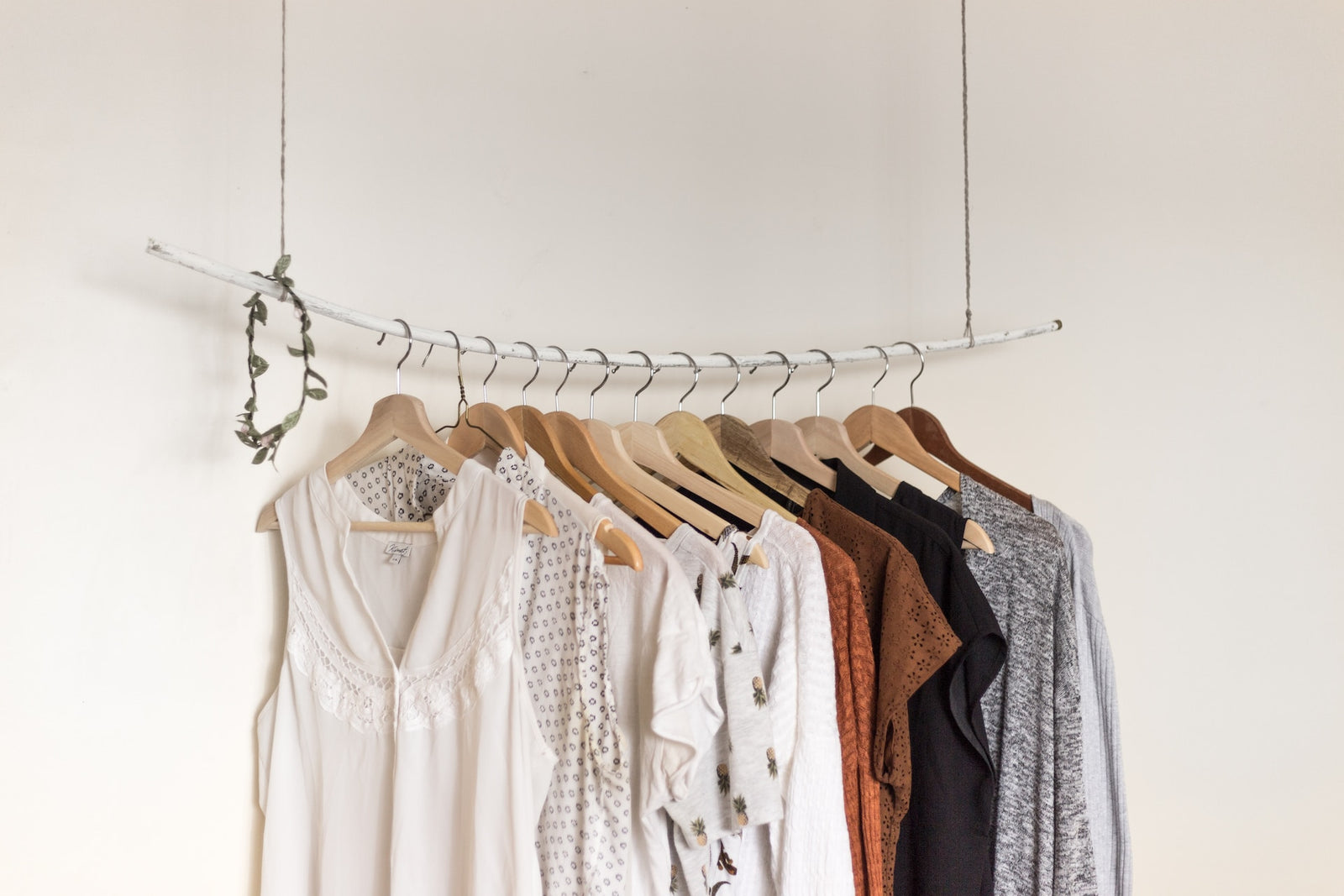When it comes to fashion design, seams may not be the first thing that comes to mind, but they are undeniably essential building blocks when constructing garments. Different types of seams can give clothing unique appearances and structural support and even contribute to the overall style.
In this article, we will discuss various types of seams and how they are used, along with highlighting the work Bastet Noir does with seamstresses in Macedonia.
The Diversity of Seams
Seams can be found in nearly every part of a garment, holding fabrics together and forming the shape we wear. Some seams are strictly functional, while others add a stylish touch. Let's take a look at some common types of seams you might encounter in your wardrobe.
1. Plain Seams
Plain seams are the most common type of seam found in clothing, and they can be used in various fabric types and garment designs. To create a plain seam, two pieces of fabric are sewn together with the right sides facing each other. This seam is typically used where a simple, low-profile appearance is desired.
2. French Seams
French seams are often found in high-quality garments and provide a clean and sophisticated finish. This type of seam is created by first sewing the fabric pieces together with the wrong sides facing each other. Next is trimming the seam allowances before pressing and folding the fabric, creating a new seam with the right sides facing each other. French seams are ideal for garments made with sheer or delicate fabrics, as they entirely enclose raw edges.
3. Flat-Felled Seams
With their distinct, parallel rows of stitching, flat-felled seams are characterized by their durability and neat appearance. These seams are commonly found in jeans, workwear, and other garments that must withstand rough wear. To create a flat-felled seam, one edge of the fabric is folded over the other, with the raw edges enclosed within the seam itself and then top-stitched in place.
Crafting Sustainable Fashion with Purpose
The different types of seams discussed above are just a few examples of the skills employed by the talented cooperative of single mothers and women micro-entrepreneurs that Bastet Noir partners with in Macedonia. By purchasing custom-made garments from Bastet Noir, you're not only receiving a high-quality, stylish product and contributing to the welfare of these remarkable women and their families.
Empowering Women through Fashion
Bastet Noir recognises women's vital role in creating beautiful clothing and providing financial stability for their families and communities. By sourcing garments from this Macedonian cooperative, we help empower these women and demonstrate the value of their craftsmanship and hard work.
Combining Tradition and Modernity
The cooperative of seamstresses at Bastet Noir masters various seam techniques, both traditional and contemporary, to produce each unique garment. From intricate embroidery to flawless French seams, their expertise shines through and sets Bastet Noir clothing apart in a world of mass-produced fast fashion.
Creating a Positive Impact
Every garment purchased through Bastet Noir supports the welfare of the Macedonian seamstresses, ensuring a fair wage and contributing to initiatives aimed at educating and raising children. Together, we're building a network of skilled artisans, ethical consumers, and sustainable fashion advocates united in creating a positive impact on people and the planet.
Conclusion
The different types of seams are essential components of fashion design, and their skilled creation can transform a garment from ordinary to extraordinary. By working with the cooperative of single mothers and women micro-entrepreneurs in Macedonia, Bastet Noir commits to ethically sourced custom-made garments that empower women and contribute to sustainable fashion.
With impeccable French seams and a sleek minimalistic silhouette, long-lasting quality is guaranteed here! Shop our range of exquisite women’s dresses and experience the craftsmanship and impact of Bastet Noir clothing for yourself. Join us in making a difference—one stitch at a time.

The concept of a capsule wardrobe has become synonymous with minimalist, versatile,...
Bastet Noir's Ultimate Guide to Building Your Custom-Made Capsule Wardrobe

Fashion holds power, not just in the way it makes us feel or how it expresses our p...

